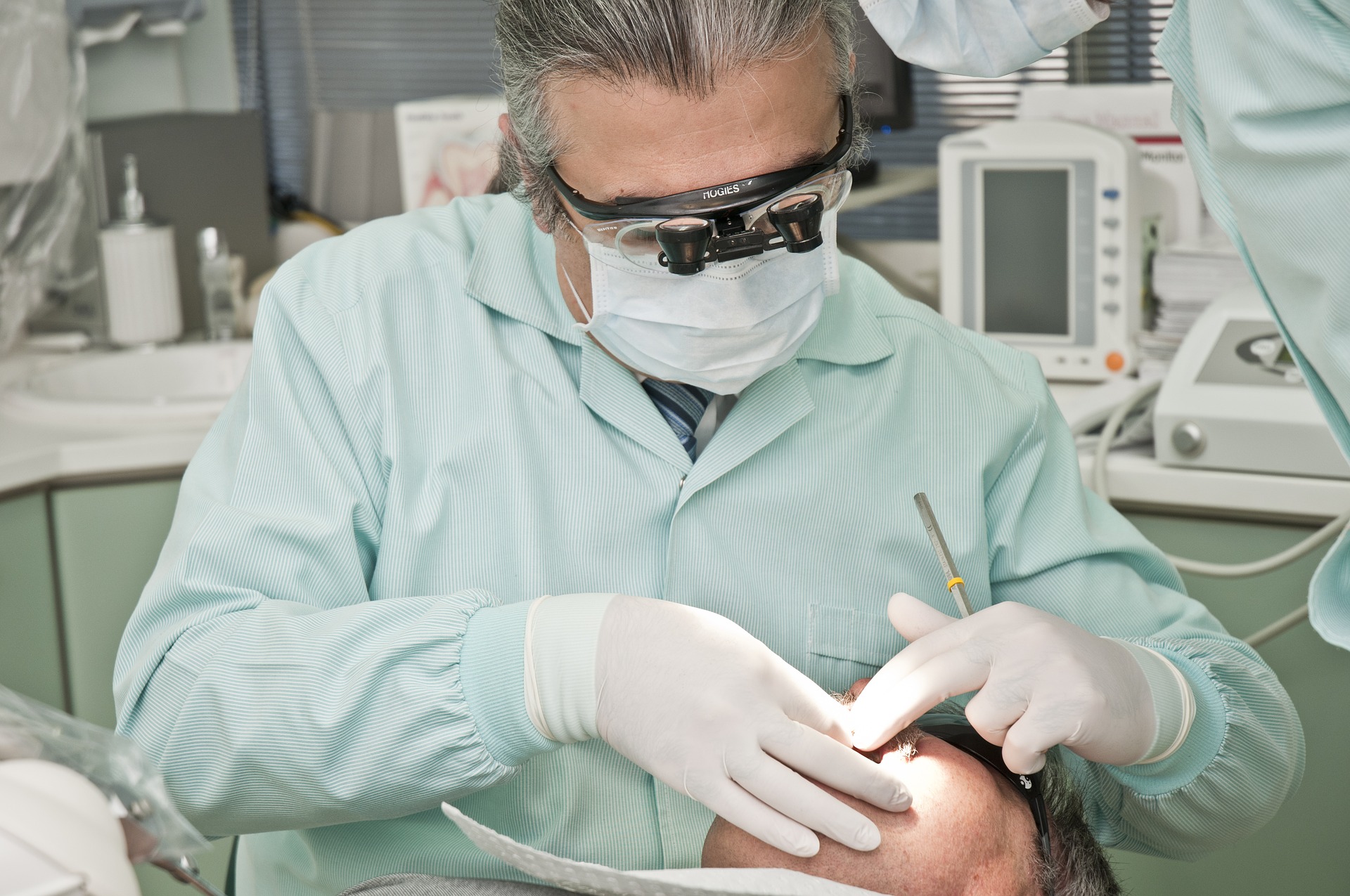All-on-4 dental implants
The All-on 4 technique represents the future of implant surgery with which it’s possible to replace all the missing teeth with just four implants.
It’s used to treat patients who have already lost or are about to lose all of their natural upper or lower teeth and, at the same time, have a minimal bone structure in the jaw.
Benefits of All on 4 Dental Implant Treatment
- Specific patented implant in the All-on-4 treatment applies in situations with minimal bone volume.
- All-on-4 treatment is convenient for financial reasons. The cost of this treatment is much lower than conventional implant surgery for edentulous jaws.
- Less invasive than traditional dental implants. See more info.
- Patients can be fully sedated for the procedure at extra cost.
- An unmovable prosthesis can be placed during the same visit.
- Patients can resume near-normal tooth function.
- Avoids sinus lift and thus reduces overall costs. In addition, the sinus is avoided during implantation because implants are implanted at an angle that puts implants in the bone and not vertically in the sinus.
Some people may not be suitable for All on 4 dental implants; it depends on their current oral health, and also, at least minimal bone structure in the jaw is needed to support the implants.
After treatment, your periodontist will thoroughly work with you and your dentist to develop the most suitable care plan for you.
Where can I get All on 4?
All on 4 dental procedures shorten the treatment time compared to conventional implant placement methods and reduce the overall treatment time.
Struggling to look where to find the best All-on-4 treatment? – Let us recommend Dorset Dental – which has over 25 years of clinical success dedicated to implants.
What is All on 4?
Innovative, the All-on-4 technique makes traditional removable prostheses obsolete. In addition, compared to a conventional prosthesis, the palate is free.
Wearing a fixed prosthesis on All on 4 is far more comfortable than the removable dentures since they can shift during chewing and cause soreness.
Its successful implementation requires appropriate training. Implants are placed in the front part of the jaw, where bone quality and quantity allow their placement and stability without the need for bone grafting.
By integrating only 4 implants, satisfactory static conditions are achieved for the complete jaw rehabilitation, as shown in numerous scientific studies examining this method’s durability.
After the interposition of 4 dental implants, the patient is given a temporary prosthesis, and after the necessary period of implant osseointegration, patients are given a final restoration.
